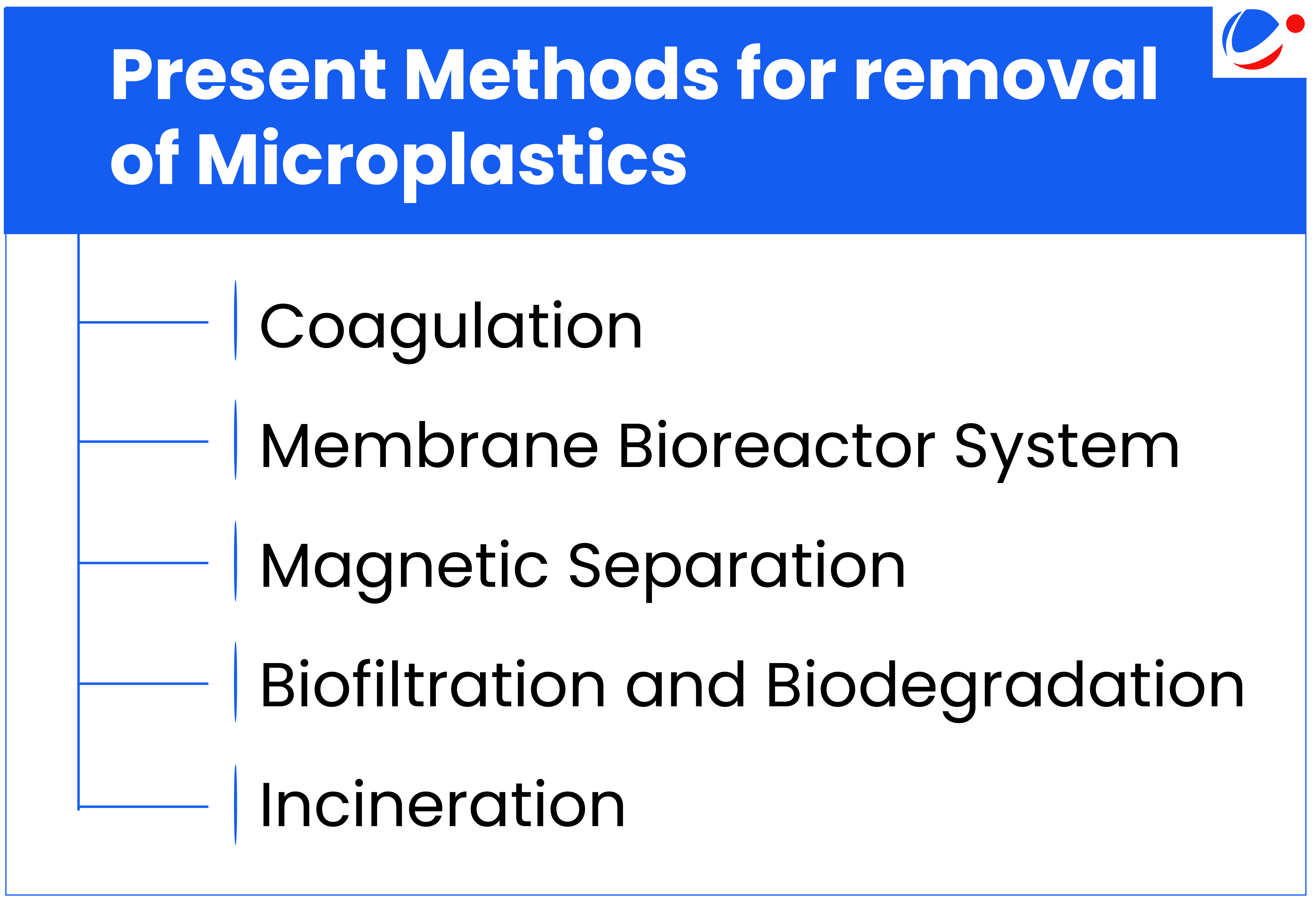Growing scientific evidence shows that microplastics are accumulating in critical human organs such as lungs, placenta, livers, kidneys, blood vessels, bone marrow and brain.
Microplastics
- Microplastics are tiny plastic particles up to 5 mm in diameter.
- Types and Sources:
- Primary microplastics: Purposefully manufactured for commercial use in products such as cosmetics, personal care products, detergents, insecticides, toothpastes, printer inks, spray paints, injection mouldings.
- Secondary microplastics: Formed by breakdown of large plastic items such as fishing gear, plastic debris such as bottles/bags/food containers.
- Potential hazards from microplastics stem from their physical properties, presence of plastic dust in particulate air pollution and chemicals in microplastic particles such as BPA, phthalates and heavy metals.
Impacts of Microplastics

- On Humans: Cancer, disrupted endocrine and immune system, destruction of human brain cells, impaired learning, negative impact on maternal and foetal health.
- On Aquatic Ecosystem: Bioaccumulation, compromises immune and digestive systems, lead to differential gene expression, and growth inhibition.
- On Benthic Organisms: Impacts critical oceanic bottom-up processes such as trophic energy transfer and nutrient remineralisation.
- On Environment: Enters into the food chain, result in accelerated evaporation of water in soil etc.






